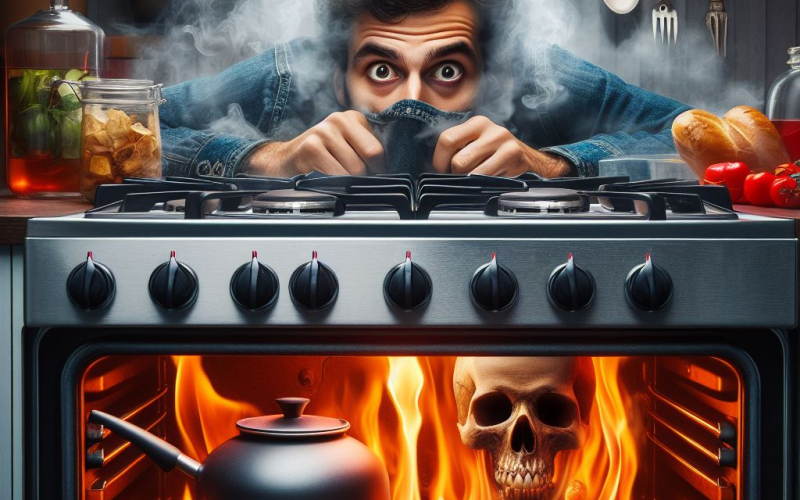Introduction
Welcome to the world of Jane Doe, a seasoned home cook and health enthusiast. With years of experience in the kitchen and a passion for healthy living, Jane has turned her attention to the potential hazards of gas stove cooking.
The Appeal of Gas Stoves
Gas stoves have long been the preferred choice for many home cooks. They offer precise temperature control and instant heat. But are they the safest option? Let’s delve into the unseen hazards of gas stove cooking.
Unseen Hazards of Gas Stove Cooking
Indoor Air Pollution
One of the lesser-known facts about gas stoves is their contribution to indoor air pollution. They emit nitrogen dioxide, carbon monoxide, and formaldehyde, which can have harmful effects on our health. These pollutants can linger in the air long after you’ve finished cooking, affecting the air quality in your home.
Impact on Respiratory Health
Prolonged exposure to the pollutants emitted by gas stoves can lead to respiratory issues, including asthma and other chronic conditions. The risk is particularly high for individuals with pre-existing respiratory conditions. It’s crucial to be aware of this risk when considering a gas stove for your home.
Safety Concerns
The open flame of a gas stove presents a fire hazard, especially in households with children. Accidents can happen, and the open flame can easily ignite flammable materials. It’s important to consider these safety concerns when choosing your cooking appliances.

Making an Informed Decision
Alternatives to Gas Stoves
If the potential hazards of gas stoves concern you, consider alternatives like induction cooktops. Induction cooktops are energy-efficient and do not emit harmful gases. They also offer precise temperature control, similar to gas stoves, but without the associated risks.
Ventilation is Key
If a gas stove is your only option, ensure your kitchen is well-ventilated to minimize the impact of indoor air pollution. Regularly opening windows or using an exhaust fan can help maintain good air quality in your kitchen.
Conclusion
While gas stoves have their advantages, it’s important to consider the potential hazards. Your health and safety should always come first. Make an informed decision when choosing your cooking appliances, and remember, there are always alternatives available.
| Key Points | Details |
|---|---|
| Indoor Air Pollution | Gas stoves emit nitrogen dioxide, carbon monoxide, and formaldehyde. |
| Respiratory Health | Prolonged exposure to these pollutants can lead to respiratory issues. |
| Safety Concerns | The open flame of a gas stove presents a fire hazard. |
| Alternatives | Consider induction cooktops, which are safer and more energy-efficient. |
| Ventilation | Ensure your kitchen is well-ventilated if you use a gas stove. |









